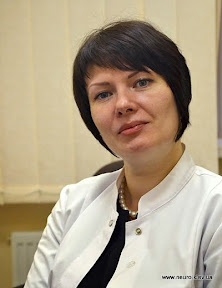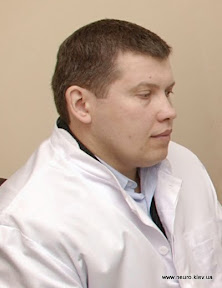 |
|
The State Institution
Romodanov Neurosurgery Institute
National Academy of Medical Sciences of Ukraine
|
||
Department of Radioneurosurgery
Tel. +380 44 483-70-99
E-mail: grandoc61@gmail.com
Site: www.radio-neuro.com.ua
How to find: Institute of Neurosurgery, Building 7 (see Map and Institute scheme).

Andriy B. Gryazov
MD, PhD, DSc, Neuroradiology
head of department

Oksana V. Zemskova
MD, PhD, Radiology

Kristiana O. Robak
MD, PhD, Radiology

Oleksandr M. Getman
MD, Radiology

Igor P. Spasichenko
MD, Radiology

Ludmila A. Mironyak
MD, PhD, Radiology

Sergey P. Kolesnik
wired engineer radiologist

Mihaylo M. Vishnevskiy
wired engineer radiologist

Olesya Y. Pylypas
MD, Radiology

Helena G. Andriichenko
doctor radiation therapist

Maxim M. Denisenko
MD, Radiology

Olga I. Kamenska
MD, Anesthesiology
Stereotactic radiosurgery is a non-invasive method for treating brain disorders. It is the delivery of a single, high dose of irradiation to a small and critically located intra-cranial volume through the intact skull.
In general, the purpose of any form of radiation therapy is to stop the growth of or shrink and destroy tumors while limiting adverse effects on normal tissue.
In general, the purpose of any form of radiation therapy is to stop the growth of or shrink and destroy tumors while limiting adverse effects on normal tissue.
Indications for radiosurgery and radiotherapy
Intracranial lesions:
1. acoustic schwannomas
2. meningiomas
3. other bening tumors (cranial nerves schwannomas, glomus tumors and others)
4. brain metastases (≤ 10)
5. arterio-venous malformation
Updated 05 June 2020.
| © Romodanov Neurosurgery Institute | Site development: SKP |
Content management: Anna Nikiforova
Content management: Tetyana Yovenko

 orcid.org/0000-0002-6418-4430
orcid.org/0000-0002-6418-4430